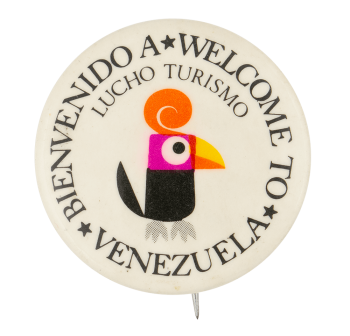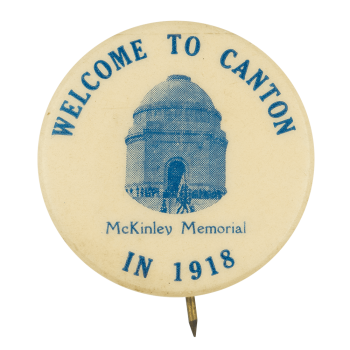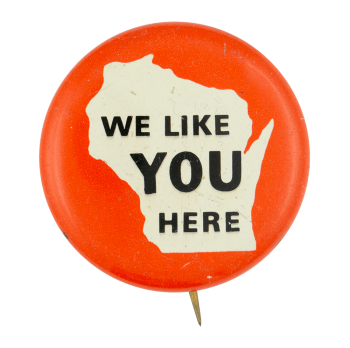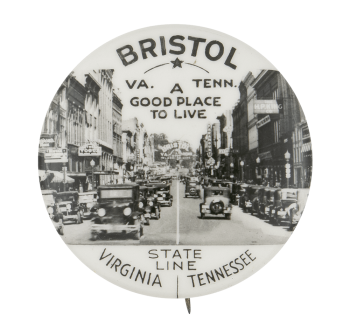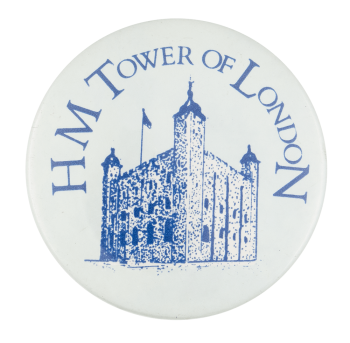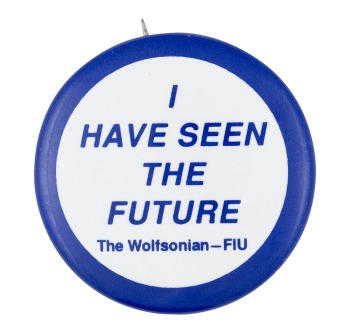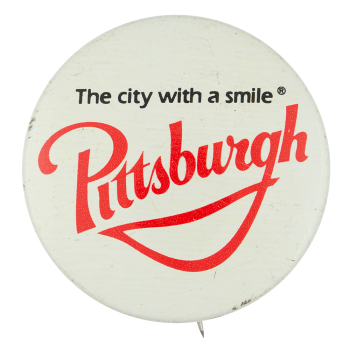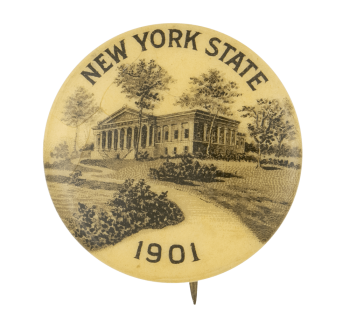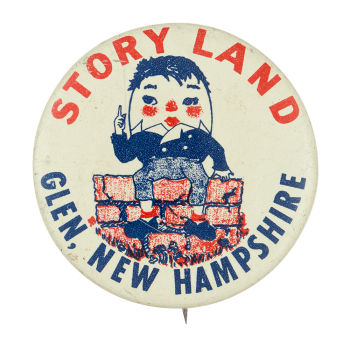Welcome to Venezuela
| Category | |
|---|---|
| Additional Images | |
| Sub Categories | |
| Text on Button | BIENVENIDO A WELCOME TO VENEZUELA LUCHO TURISMO |
| Image Description | Black text around an orange, pink, yellow and black illustration of a bird on a white background |
| Curl Text | FONDO COMUN DE PROMOCION DE VENEZUELA EN EL EXTERIOR - APARTADO 1503 - CARACAS - VENEZUELA ©PROD., Inc. 1967 |
| Back Style | |
| The Shape | |
| The Size | |
| Year / Decade Made | |
| Additional Information | Fondo Común de Promoción de Venezuela en el Exterior (Common Fund for the Promotion of Venezuela Abroad) was founded in 1965 by the government and the private sector. The purpose of this institution was to promote Venezuela as a touristic destination. In 1967, the Fondo Común de Promoción de Venezuela en el Exterior organized an event to promote Venezuelan tourism. The event’s title was “Lucho Turismo” (I Fight for Tourism). The cartoonish multicolor bird represents one of the region's many colorful birds, probably, resembling the Lineated Woodpecker. |
| Sources | |
| Catalog ID | EV0775 |

